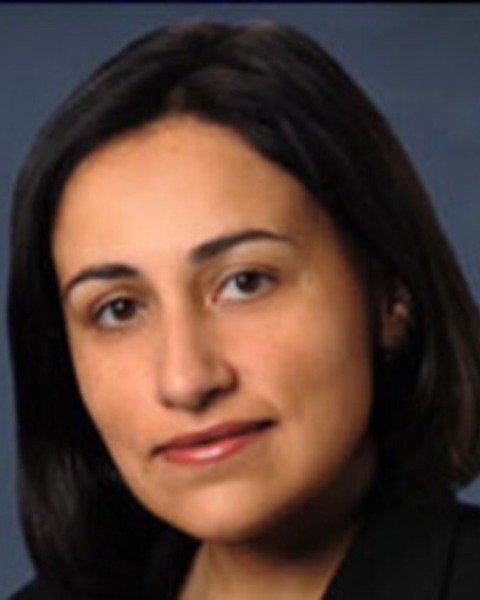Colorectal
E109: Secondary Malignancies in Patients With Colon Cancer: A Thirty Year Experience

Teodora C. Dumitra, MD, PhD (she/her/hers)
Fellow, Complex Surgical Oncology
Cedars Sinai Medical Center
Los Angeles, California, United States
Teodora C. Dumitra, MD, PhD (she/her/hers)
Fellow, Complex Surgical Oncology
Cedars Sinai Medical Center
Los Angeles, California, United States
Teodora C. Dumitra, MD, PhD (she/her/hers)
Fellow, Complex Surgical Oncology
Cedars Sinai Medical Center
Los Angeles, California, United States
Farin Amersi, MD (she/her/hers)
Associate Professor of Surgery
Cedars-Sinai Medical Center
Los Angeles , California, United States- AN
Allison Nguyen-Thai, BSc
Research Intern
Cedars Sinai Medical Center, United States - AS
Allan W. Silberman, MD, PhD
Professor of Surgery
CedarsSinaiMC, United States
ePoster Abstract Author(s)
Submitter(s)
Author(s)
Significant advances in the surveillance and treatment of cancers including immunotherapy have increased survivorship of patients with colon cancer. These patients are at risk of developing additional primary malignancies. However, data on the risks and features of secondary malignancies in these patients is lacking.
Methods:
We performed a retrospective review of a single surgeon’s prospectively maintained database. All adult patients ( >18 years) diagnosed with colon cancer as a primary malignancy from 1996 to 2023 who developed at least one additional malignancy were included. Predisposing clinical factors were included in our analysis. Pathology of all secondary malignancies was reviewed to avoid misclassification of metastasis as secondary cancers. Patient and tumor characteristics, family history, and treatments were analyzed.
Results: A total of 80 patients with resected primary colon cancers who developed a second primary malignancy were identified. The majority of patients were male (n=45, 56%) and the mean age at time of colon cancer diagnosis was 60 years (range 28-90 years). A genetic mutation was present in 13 (16%) patients. 53 (66%) patients had a family history of cancer, of which 14 (26%) patients had a family history of colon cancer. Overall, 38 (48%) patients received systemic chemotherapy and 15 patients (19%) underwent radiation therapy. Median follow- up time was 162 months (95%CI 3-415 months). Mean time to diagnosis of 2nd malignancy was 74 months (STD 86, range 1-363 months). The most common secondary malignancy was colon (18%), lung (12%), breast (11%), prostate (7%) and thyroid (7%). Of these 80 patients, 24 (30%) developed a third malignancy, most commonly melanoma (n=5, 21%), and 8 (10%) patients developed a fourth primary malignancy, with 1 patient who had five different primary malignancies.
Conclusions:
With higher cure rates of colon cancer and other malignancies, follow-up surveillance of these patients for longer periods of time is critical. Follow up may need to be longer than recommended guidelines and screening for other malignancies should be routine in patients with colon cancer.
Learning Objectives:
- Describe the incidence of secondary malignancies in patients with colon cancer
- Describe the most common secondary malignancies in patients with colon cancer
- Evaluate surveillance of patients with colon cancer
